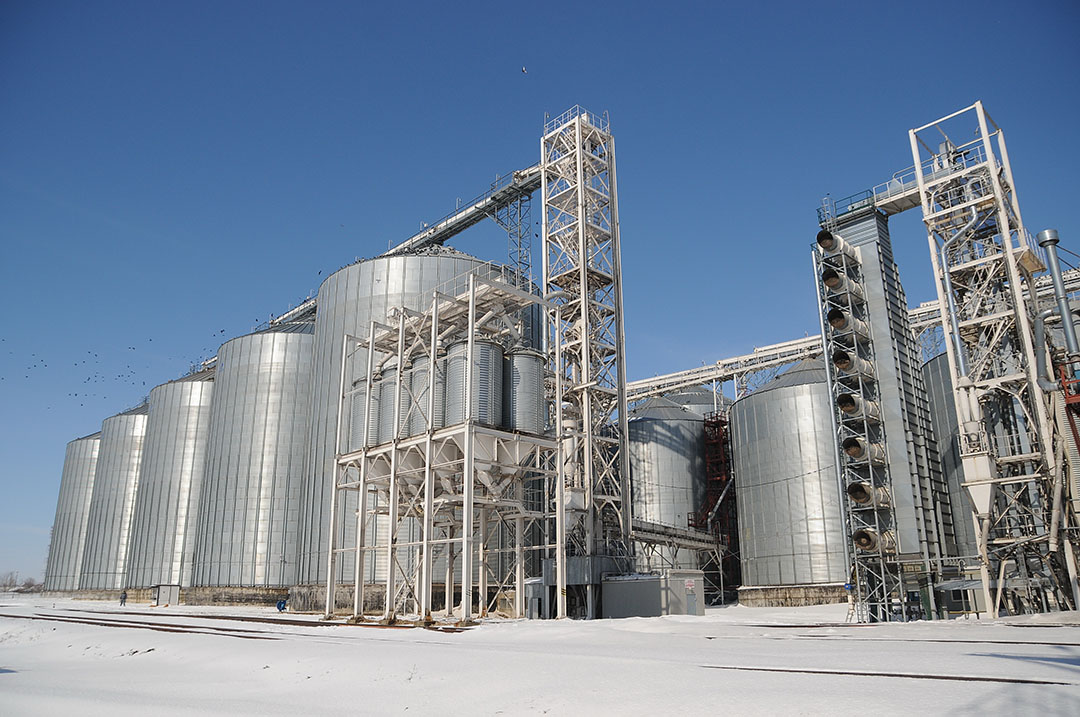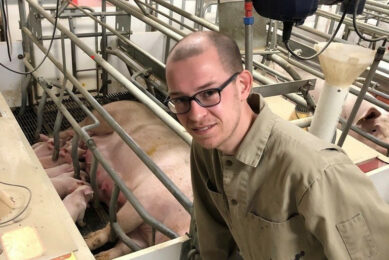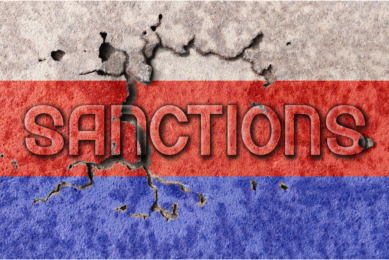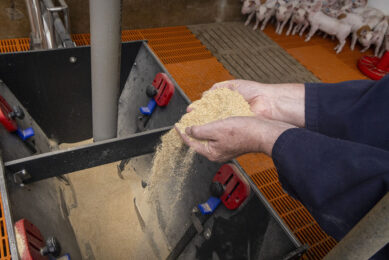2025 Russian feed production expected to exceed 40m tonnes

The Russian feed industry is projected to maintain a growth pace at 4% to 5% per year, despite the challenges poultry feed producers are currently facing, Valery Afanasyev, chairman of the Russian Union of Feed Producers outlined during the Russian Meat & Feed Industry conference in Moscow.
In 2020, Russian feed production is expected to reach 30 to 32 million tonnes, Afanasyev said. The production of pig feed will climb by 10%, cattle feed by 4.3%, while in the poultry feed segment, the growth will be limited to 1.5%. “This is evidence that the poultry market in our country is relatively saturated,” Afanasyev said.
Feed mills become more advanced
Over the course of the last decade, the Russian feed industry has made a technological breakthrough, improving product quality, and to some extent reducing dependence on imported equipment, Afanasyev said. “In terms of the technical condition of feed mills and product quality, our companies are not inferior, and some are even superior to foreign companies,” he said. “The share of domestic equipment now exceeds 70%, whereas 15 years ago it was limited to 30%.”
The Russian feed industry is currently controlled by large agricultural holdings. In 2004, the joint share of independent feed mills amounted to 65%. Now, it is only 8%, Afanasyev said. The share of agricultural holdings is above 90%, he added.
Russia becomes feed exporter
Currently, Russia not only meets the demand on the domestic feed market almost entirely, but also begins exporting feed, Afanasyev said. Russian feed mills sell around 150,000 tonnes of feed to non-Russian customers. So far, Central Asia, Kazakhstan, and Ukraine remain the main sales markets for the Russian-origin feed, Afanasyev added.
The list of export destinations is expected to grow. Just recently, Argentina’s National Service for Animal Health and Quality of Agricultural Products has officially allowed the import of feed from Russia, the Russian veterinary body Rosselkhoznadzor reported.
 Russia embraces new trends
Russia embraces new trends
Russian farmers find themselves in a new reality as over the past few years, the country’s environmental-protecting organisations have become a force to be reckoned with.
Aquafeed is an Achilles’ heel
Russia is self-sufficient in almost all types of feed, but not on aquafeed. In 2020, Russia will import from 40,000 to 50,000 tonnes of feed, mainly for valuable fish species. According to Afanasyev, the overall demand for fish feed in Russia is close to 100,000 tonnes per year.
“Fish breeders are very interested in increasing feed production in Russia. And if there is adequate funding, then this direction has good growth prospects,” Afanasyev said.
 Bioprotein production is perking up in Russia
Bioprotein production is perking up in Russia
Russia may overcome a shortage of protein on its domestic feed market thanks to several independent projects working on bioprotein production.
Feed additives are still imported
Despite the production growth, Russia still has nearly complete import-dependence on feed additives, which is unlikely to change in the foreseeable future.
“We do little to become self-sufficient in raw materials: we still import almost 100% of vitamins and amino acids, probiotics, and prebiotics, which seriously affects the price of the final product,” Afanasyev said.











